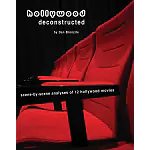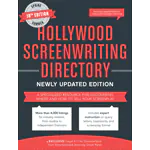Montage Sequence – Friend or Foe?
Instead of writing a bunch of short scenes with little or no dialogue as separate steps in your story, why not group them together in a sequence and count…
The Power of the Flashback
Flashback can be a clever device or it can be an annoying one. If you use it sparingly and don't rely on it too heavily to tell your story…
Remember the Golden “Rule of Three” for Writing
I know some of you writers out there – yes, you know who you are -- don’t like rules and formulas and are ruthlessly resistant to following any kind…
Mac App Store Promo: Script It! for only $29.99 and FREE Ebook!
Get Script It! screenwriting app for only $29.99 for one week only and as a special bonus, get the Movie Outline eBook (worth $20) FREE if you register your…



